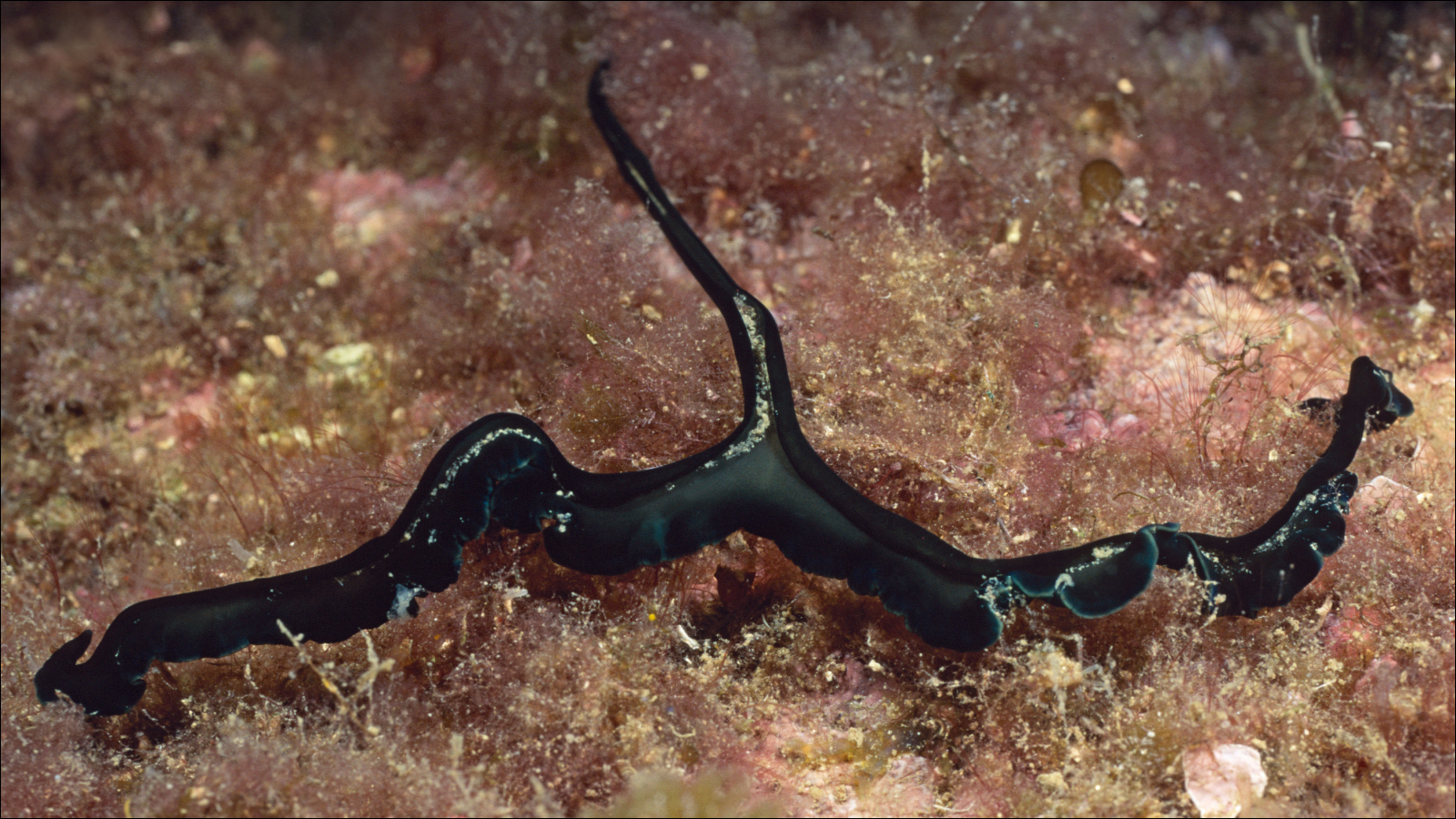In light of the recent COP28 outcome on transitioning from fossil energy use rather than a firm phase out, over 20 members of The Club of Rome have endorsed an open letter to world leaders and business leaders calling for urgent action to achieve planetary carbon balance. The letter details a proposed pathway that would also empower the custodians of existing carbon sinks to improve their quality of life, while also safeguarding, enhancing and expanding terrestrial carbon sequestration capacity.
“We cannot justify continuing a dysfunctional modus operandi while expecting different outcomes. The continued extraction of fossil fuels, destruction of natural resources and the belief in unlimited economic growth defies the definition of sanity. There are too many cases where in the name of economic growth, the true owners and custodians of the land are not consulted, their habitats are destroyed and they are chased off their own lands only to become urban refugees” comments Christopher Mbanefo, member of The Club of Rome and founder and CEO of OXÏ-ZEN Solutions LLC.
“We urge the global community, policymakers, and stakeholders to seriously consider our proposal and take a proactive and transformative approach to achieve a planetary carbon balance. Together, we can secure a better chance to achieve a sustainable future for our planet, ensuring a legacy for the generations yet to come.”
Open letter
To: World leaders and business leaders
Urgent call for action: Embrace carbon balance for a sustainable and equitable future
As we witness the conclusion of COP28, we, the undersigned, implore your urgent attention to the critical issues impacting global equity. It is with great sadness that we acknowledge the overarching lack of ambition in implementing the necessary Paris aligned mitigation and adaptation policies including the failures of both carbon removal approaches, Carbon Credit Schemes and the capital flows needed to enable the Global South to de carbonise.
In light of these failures, we propose a new path forward, rooted in transparent science-based accounting of greenhouse gas (GHG) emissions versus carbon sequestration through nature-based carbon sinks. Our objective is to establish a transactional capital flow to the Global South, creating solid financial models that empower the owners and custodians of these sinks to improve their quality of life while safeguarding, enhancing and expanding terrestrial carbon sinks, which are home to 80% of our remaining biodiversity.
Such a proposal is grounded in scientific consensus and supported by economic facts:
All modelling scenarios that limit warming to 1.5°C – with or without a temporary temperature overshoot – rely on carbon dioxide removal (CDR) in order to achieve net zero emissions by 2050 and net negative emissions from 2050 onwards. However, current CDR methods amount to about 5% of fossil fuel emissions and rely almost entirely on using nature to enhance carbon storage, but the permanence and scale-up potential of these nature-based CDR methods are uncertain as they are vulnerable to multiple threats including climate change (e.g. due to increases in extremes such as droughts or wildfires). There are also significant trade-offs with food and water security and the protection of biodiversity.
Given the certainty about the shrinking carbon budget, and the overwhelming uncertainty about the scalability of CDR, the only certain way to curb global warming and reach net zero is to reduce fossil fuel emissions to the unavoidable minimum level – and concurrently invest in CDR to offset the remaining amount of residual fossil fuel emissions. This residual needs to be kept as low as possible in view of the uncertainties of scale, storage timescale, and trade-offs associated with CDR.
The natural carbon sinks beyond human activity are not included in the net zero equation. The remaining carbon budget already factors in the continued performance of natural land and ocean carbon sinks to remove a significant fraction of anthropogenic emissions (also accounting for their declining efficiency in a warmer world).
According to the Intergovernmental Panel on Climate Change :
- ≈ 30% of anthropogenic emissions are sequestered by terrestrial sinks1.
- ≈ 40% are sequestered by marine sinks1.
- ≈ 30% continues to accumulate in the atmosphere
- ≈ 70% of carbon sequestration occurs in Tropical Regions of the planet2.
The Carbon Market is estimated between USD600 billion and USD900 billion per annum (depending on data sources) and growing3. This market includes the Carbon Compliance Market (governed by the Paris Agreement), the Carbon Voluntary Market, and various national CO2/Carbon Tax regimes (primarily in the global north). There is an existing and growing capital pool that can be harnessed for a win win, by driving capital to where sequestration scientifically occurs.
We invite global leaders, scientists, the private and public sectors to consider the below considerations by developing and enabling solutions that meet the above objectives of carbon balance and create solid financial models that empower the owners and custodians of these sinks to improve their quality of life:
Key components of the proposed carbon balance initiative:
- Secure and verifiable accounting: Developing solutions for secure and verifiable carbon accounting, ensuring full data integrity and robust safeguards against fraud.
- Direct financial flows: Redirecting financial flows resulting from carbon balancing initiatives directly to the actual owners and custodians of carbon sinks, eliminating intermediaries for increased transparency.
- Protection of land rights: Committing to preserving the integrity of local communities by prohibiting the selling or leveraging of land rights held by the actual owners and custodians of carbon sinks.
- Use-of-funds aligned with the Sustainable Development Goals (SDGs): Linking funds generated through carbon balancing initiatives to bottom-up programs by the owners and custodians of carbon sinks, aligning with the SDGs.
- Global South empowerment: Acknowledging existing disparities, we propose to positively transform 50% of the currently failed carbon market to the targeted carbon balance by 2030, resulting in a potential capital flow of USD300 billion to USD450 billion annually for the Global South.
- Marine sequestration for Small Island Development States (SIDS): Empowering SIDS to generate revenue through science-verified marine sequestration within their Exclusive Economic Zones (EEZ).
- Carbon taxation based on carbon balance: Intricately tying CO2 carbon taxation to the carbon balance, ensuring a fair and effective mechanism for managing carbon emissions.
- Increased terrestrial carbon sink capacity: Proposing setting the target for a 60% increase in terrestrial carbon sequestration capacity, in addition to the goal of a 50% reduction in greenhouse gas emissions by 2050, as the missing component to achieve the millennium goals and planetary carbon balance.
If we do not pursue the action pathways suggested here, we risk increasing attempts at land grabbing for carbon credits that we have witnessed in Africa in the past year. Ownership rights of local and indigenous peoples, to millions of acres of land have been bartered away to corporations and foreign governments in the name of creating carbon credits. Balanced carbon program can bring much needed transparency to carbon credits projects and markets and help preserve and restore land rights to local owners across Africa.
We urge the global community, policymakers, and stakeholders to embrace this proactive and equitable approach to achieve carbon balance and net zero transformation. By doing so, we can also improve our chances of achieving a more equitable transition towards a healthy planet, ensuring that we emerge from emergency and enhance greater well-being for generations yet to come.
Signatories:
Christopher Mbanefo, member of The Club of Rome and founder and CEO of OXÏ-ZEN Solutions LLC.
Mamphela Ramphele, member of the Club of Rome, co-founder of ReimagineSA and the Chair of the Tutu IP Trust.
Kaddu Kiwe Sebunya, President of the African Wildlife Foundation, member of The Club of Rome
Sandrine Dixson-Declève, Co-President of The Club of Rome, Earth4All author and Executive Chair
Paul Shrivastava, Co-President of The Club of Rome, Professor of Management and Organisations. The Pennsylvania State University.
Carlos Alvarez Pereira, Secretary General of The Club of Rome, co-editor of Limits and Beyond
Christian Berg, member of The Club of Rome, author of the Club of Rome report, Sustainable Action. Overcoming the Barriers, Honorary Professor Sustainability and Global Change, TU Clausthal.
Orhan Güvenen, Honorary Member of The Club of Rome.
Ashok Khosla, Former Co-President of The Club of Rome.
Friedrich Hinterberger, Vice President of the Austrian Chapter of The Club of Rome
Kristin Vala Ragnarsdottir, member of the Club of Rome and Professor of Earth Sciences, University of Iceland.
Anders Wijkman, Honorary President of the Club of Rome
Petra Kuenkel, President Collective Leadership Institute, Club of Rome Treasurer, Author of the Club of Rome Report Stewarding Sustainability Transformations
Keith Suter, Managing Director, Global Directions think tank and an Australian broadcaster; member of The Club of Rome
Aleksander Zidanšek, Professor of Physics, associate member of the Club of Rome and President of the Slovenian Association for the Club of Rome
Kate Pickett OBE, member of The Club of Rome, Professor of Epidemiology and Associate Director of the Leverhulme Centre for Anthropocene Biodiversity, University of York
Gonzalo del Castillo, Executive Director. Argentinean Chapter of The Club of Rome
Yi-Heng Cheng, executive committee member of Club of Rome and guest professor of Tongji University, Shanghai, China
Dr. Edward W, (Ted) Manning President, Tourisk Inc., Sustainable Destinations, Ottawa, member of The Club of Rome and Chair of the Canadian Association for The Club of Rome
Dr. Yury Sayamov, Professor and Head of UNESCO Chair, Lomonosov Moscow State University, member of The Club of Rome and WAAS
References:
- IPCC Sixth Assessment Report Summary for Policymakers, Pg 20
- IPCC Sixth Assessment Report Summary for Policymakers, Pg 30.
- Global Carbon Credit Market: Analysis by Traded Value, Traded Volume, Segment, Project Category, Region, Size and Trends with Impact of COVID-19 and Forecast up to 2028.
Cuicui Feng, Guanqiong Ye, Jiangning Zeng, Jian Zeng, Qutu Jiang, Liuyue He, Yaowen Zhang & Zhenci Xu (2023). Sustainably developing global blue carbon for climate change mitigation and economic benefits through international cooperation. Nature Communications. https://www.nature.com/articles/s41467-023-41870-x
Jay Mar D. Quevedo, Yuta Uchiyama &, , Ryo Kohsaka (2023). Progress of blue carbon research: 12 years of global trends based on content analysis of peer-reviewed and ‘gray literature’ documents. Science Direct. https://doi.org/10.1016/j.ocecoaman.2023.106495
The post Achieving planetary carbon balance, a must to meet 2050 net zero goals appeared first on Club of Rome.

 11 months ago
70
11 months ago
70


